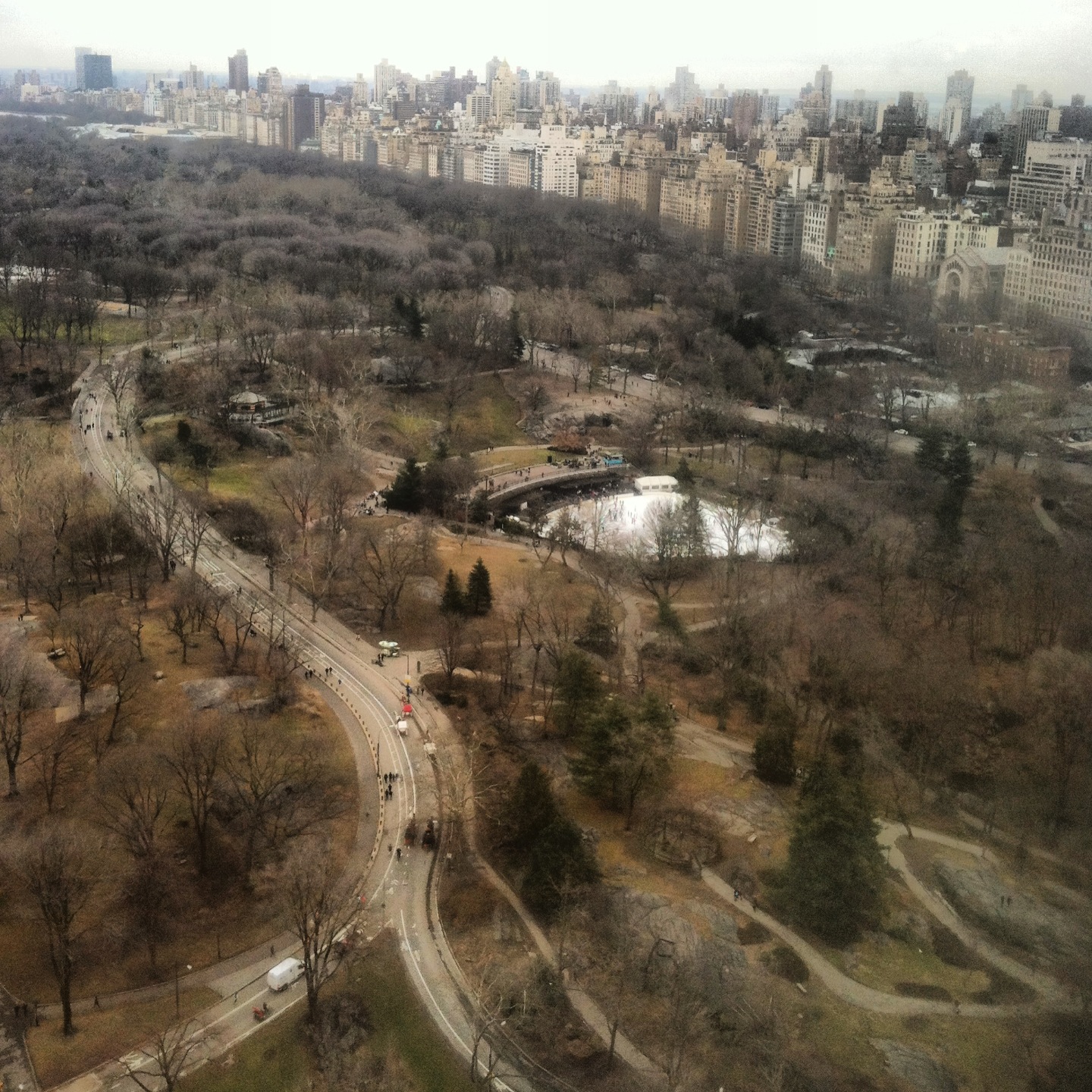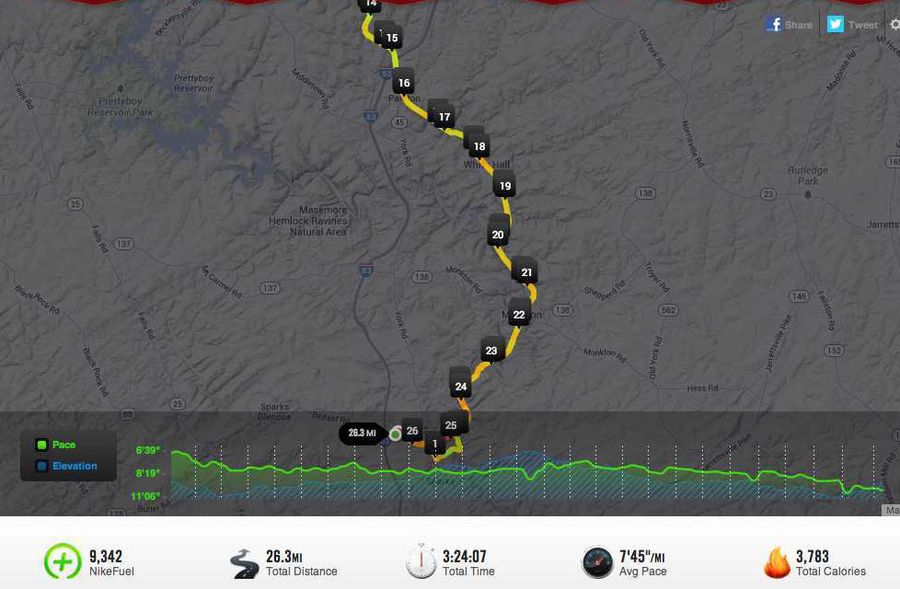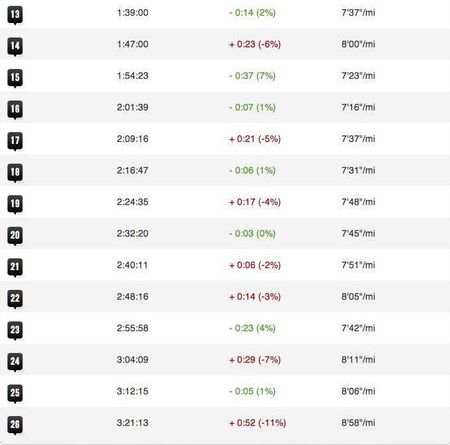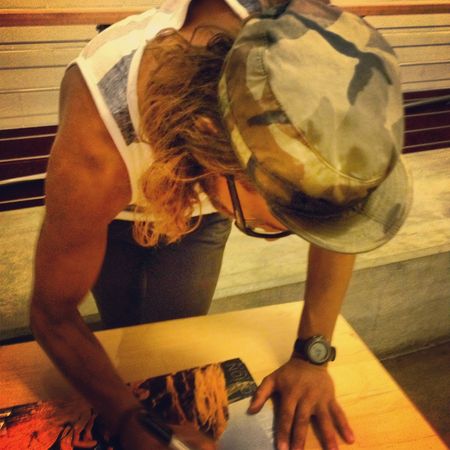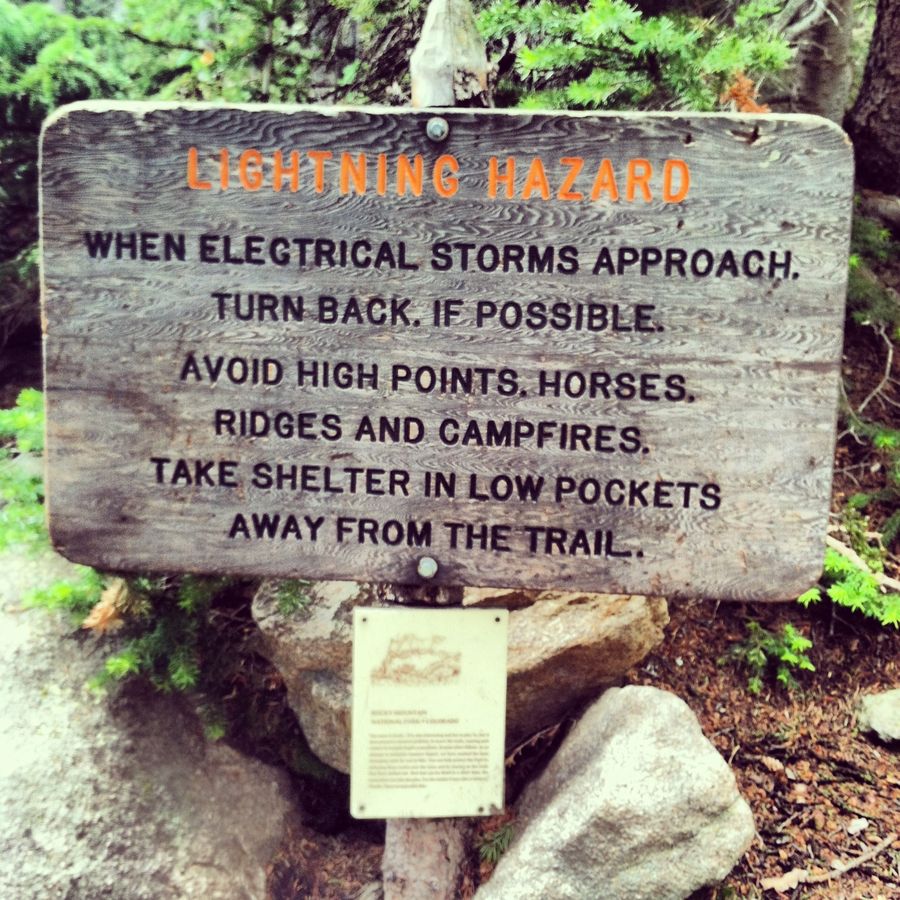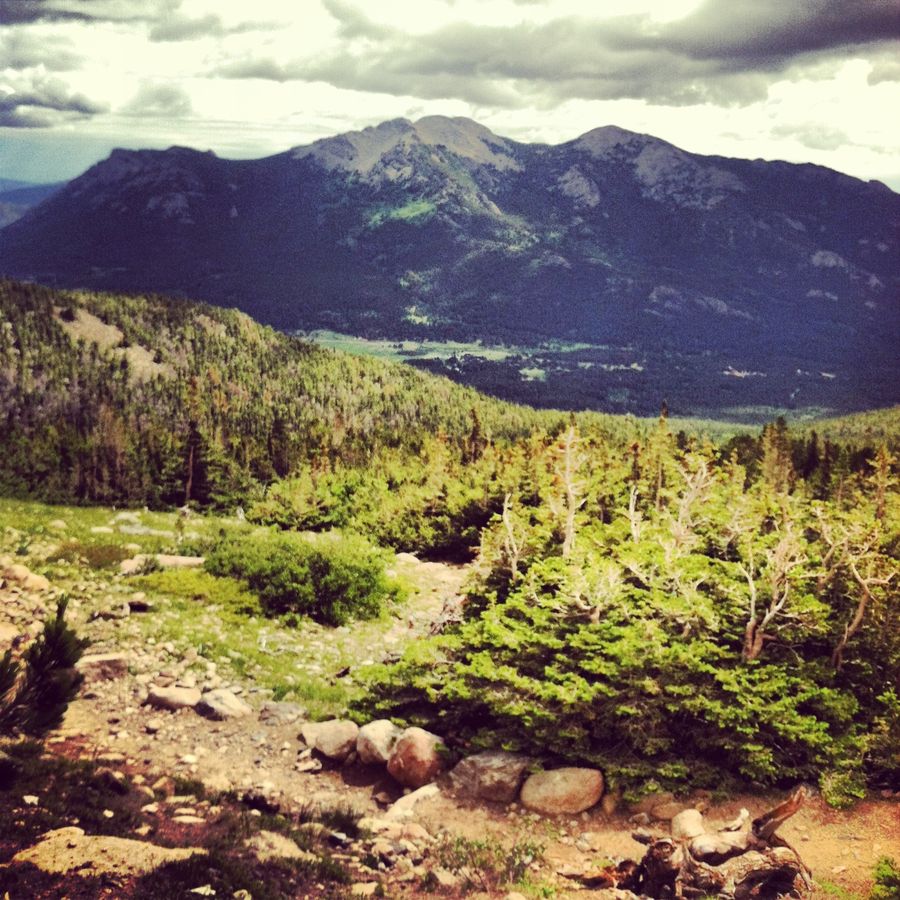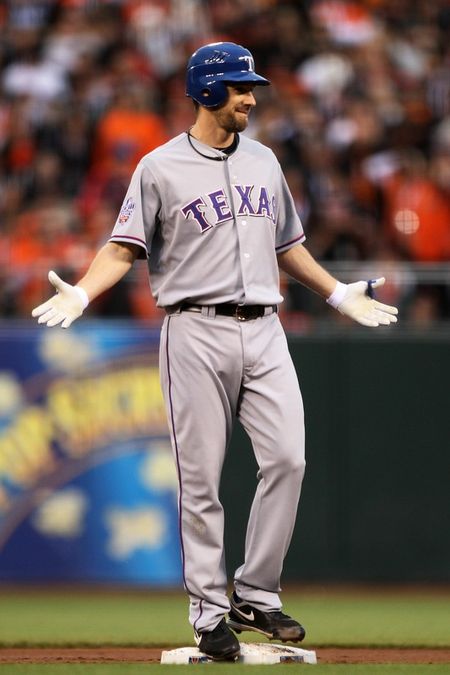
It usually comes around once per baseball season that I will find a reason to write something about Jim Thome. Sometimes it's actually newsworthy, like if he had just joined a team ready to play the Phillies in the playoffs. But mostly it just has to do with the occasion of him showing up in town or appearing on the cover of a magazine.
See, it's easy to write about Jim Thome. It's easy because he's so likable and genuine. He's one of those guys that if you ask him a question, he's going to try as hard as he can to give you a good answer.
Case in point:
We were at Shea for a day game in 2003, which was Thome's first season with the Phillies. It was kind of an odd time in team history because the Phillies were supposed to be really good with guys like Pat Burrell and Bobby Abreu coming into their primes along with players like Placido Polanco and Jimmy Rollins solidifying their standings as top-shelf talent. Mix in Thome and Kevin Millwood and the sky was the limit.
The problem was the Phillies didn't quite know how to be good. Worse, the manager, Larry Bowa, liked to talk about "winning" as if it were a character trait. He seemed to believe that abrasive behavior and misplaced anger was synonymous with being a leader. He was the exact opposite of Thome because Bowa could never get out of the way of his own ego. Thome was the biggest slugger in the game during the 2003 season and he was practically ego-less. Thome thought mutual respect and a positive attitude were synonymous with being a leader and always seemed to have dozens of teammates following his every move.
Anyway, we were at Shea and I was thinking about writing a story about how Jimmy Rollins was quickly becoming a Gold Glove-caliber shortstop in the National League. This was back in the day when it was not uncommon to hang in the clubhouse after a game and rapping with Rollins about baseball and the special insight he had. Jimmy was in just his third season in the big leagues at the time and had not yet gone completely "Hollywood." See, there is a term certain old-school ball writers like to use to describe certain players who come up as happy, chatty and down-to-earth dudes, but change as soon as a little bit of fame, accolades and money comes in. It's called "going Hollywood," as in, "Barry Zito used to be really cool until he went Hollywood."
Rollins has straddled that line between regular dude and Hollywood a lot during his career, but when he was just an up-and-comer, Jimmy would demonstrate to a writer how he is able to go from an all out sprint to a sudden stop without his momentum carrying him into the outfield or ripping his ACL to shreds. He'd also explain with great detail how if given the choice between Derek Jeter, Alex Rodriguez and Nomar Garciaparra, the top American League shortstops from a decade ago, that he'd take Omar Vizquel.
Vizquel, said Rollins way back when, was the smoothest shortstop in the game. He got to everything and seemingly never in a position where he had to throw off balance or popping up from a dive. Vizquel was a shortstop's shortstop who could have been unappreciated because he was never on ESPN making some sort of dramatic play to make up for being out of position.
Back to the story...
Considering that Thome spent many years playing with Vizquel in Cleveland, I figured he would have some insight on Rollins' ability and potential. However, it's not always easy to grab a guy like Thome for a few minutes before a game. Big stars often have a lot of commitments when they play in New York City, so in order to get Thome I'd have to be quick. So when I saw him, I asked him if he had a second only to be told, "No, I'm sorry, not right now. I have to go see Ralph Kiner."
Ralph Kiner, of course, was the longtime Mets' broadcaster who led the National League in homers during his first seven years in the league. Injuries cut short his career, so Kiner hit 369 homers in 10 seasons before hanging them up after the 1955 season. If Thome had to go see Ralph Kiner, that was cool. I'd catch him some other time.
But instead, Thome walked into the bathroom/shower area in the tiny visitors' clubhouse at Shea, which led me to believe that "I gotta go see Ralph Kiner" was some sort of euphemism. As in, "Man, last night we went to some crazy Mongolian barbecue joint and now I gotta go see Ralph Kiner."
Maybe three minutes after Thome disappeared into the bathroom, I felt a tap on my shoulder. When I turned around it was Big Jim.
"Hey, come on over to my locker and we'll talk," he said.
In a baseball clubhouse, nothing like that had happened to me before or since.
 ***
***
Stories like that make it easy to understand why Thome is so easy to write about. I'm pretty much a nobody to those guys, a smart-ass who is essentially stealing a few words from ballplayers in order to scribble short, little vignettes about a brief moment of time. To the ballplayers, any random game is one of thousands they will play in their lives, but to us it's supposed to mean more because we sat there and watched it.
Thome flipped the script. He treated everyone like they were a big shot because all of our lives crossed paths. That might sound deeper than it should, but that just might be why Thome was so revered by everyone who crossed his path. He treats everyone with basic humanity and he doesn't think he's any more important than you just because he can hit a baseball really far.
***
Here's another favorite Thome story and then we'll get to the point...
It’s a common rite in baseball circles for players to quietly ask each other for autographs, jerseys or other memorabilia. What happens is one player on an opposing team gives a shiny, new baseball to a clubbie and sends him over to the other clubhouse to have it signed by a certain player. Players love signing those baseballs, too. It’s a huge thrill to sign for another player and a true sign of respect if a peer asks for an autograph (without actually asking).
Nevertheless, it’s usually something reserved for the big-time players. Word is Cal Ripken Jr. used to make special time just to sign items from the other team. All opposing team requests had to be made before the series against Baltimore began and Ripken would honor them before the opponent left town. But that was nothing like the one request I actually witnessed with my own two eyes and ears.
Sitting with an old family friend and Red Sox old-time legend, Johnny Pesky, in the home team clubhouse at Fenway Park, ol Mr. Red Sox summoned a clubbie to fetch two brand new balls to have signed by Thome. No big deal, right? Certainly Thome was asked to sign those pearls often, even for old-timers like Pesky, who was close friends with Ted WIlliams and nearly every Red Sox player who passed through Fenway.
But no more than 10 minutes later when the clubbie returned with two signed balls from Thome along with two more clean ones with a counter request, Pesky almost lost it.
“Jim would like you to sign these for him,” the clubbie told Pesky.
Pesky took a long moment, clearly taken aback by the request. Then, exhilarated by the fact that Jim Thome had sent two baseballs to have signed, Pesky looked at the clubbie before fixing a stare on me and asked:
“Are you joking with me,” Pesky said, amazed that Thome wanted the balls signed. “Jim Thome wants me to sign these?”
He took a moment, massaged the baseballs in his weathered hands, grabbed a ballpoint pen from the clubhouse kid and signed the ball. He repeated the drill again before signing the second one, then, as if he just ran wind sprint, sat back in his chair exhilarated.
Needless to say, Pesky had the biggest smile on his face…
***
 The point of this exercise was to come up with a good argument why the Phillies should try to acquire Thome. The ideas were basic, like he could be a power left-handed bat off the bench or a DH in the World Series, et cetera, et cetera. But really, the only reason for getting him was completely selfish...
The point of this exercise was to come up with a good argument why the Phillies should try to acquire Thome. The ideas were basic, like he could be a power left-handed bat off the bench or a DH in the World Series, et cetera, et cetera. But really, the only reason for getting him was completely selfish...
Thome needs two more homers to reach 600 for his career and it would be so cool if he did it for the Phillies. Actually, this was a feat we thought he was going to get for the Phillies when he signed that 8-year, $86 million deal in December of 2002. Who would have ever guessed that almost exactly three years to the day after he jumped out of a limo to greet the union guys from I.B.E.W. along Pattison Avenue that he would be traded for Aaron Rowand?
Besides, there have been a handful of stories that have hit the ether over the past few weeks about how no one really seems too excited that Thome was closing in on 600 homers. Depending upon how you judge the all-time home run list, Thome will become just the fifth or eighth man to hit 600. For the longest time the home run numbers stood at 755, 714 and 660, but thanks to chemistry and a focus on the bottom line, a few interlopers jumped into that 600-homer club.So why shouldn't baseball fans be excited?
If there is any player people should be excited about just for pulling on the uniform, it's Thome, and for those looking for a reason to expend lean tissue and time on a pro ballplayer, check out this passage from a story written by Joe Posnanski about Thome for Sports Illustrated last summer:
"I really do try hard to be a good teammate," Thome says. "I can't run very fast, but I try to always run hard. I may strike out a lot, but I try to walk to set up the guys who are hitting after me. The other day I didn't score from first on a double. I cost my guy an RBI. I felt terrible about that. I told him, 'Look, I really tried, but I'm old and I'm slow. I hope I can make it up to you in another way.'"
Teammates know he is sincere, and they love him for it. No, he can't run. He has played all of eight innings in the field (at first base) since 2007. His defense was the main reason the White Sox decided not to re-sign him. "[Manager] Ozzie [Guillen] wanted flexibility in his lineup," general manager Kenny Williams says. Guillen himself says, "Go ahead, blame me... . But I'll tell you I love Jim Thome. I wish I didn't. I wish I f------ hated the guy. But I can't hate him. Nobody can hate him."
Ex-teammates still talk about Thome lovingly in Cleveland (he does get booed a bit by Indians fans, but that's for leaving in the first place) and in Philadelphia and Chicago. He is relentlessly positive. Perkins remembers his first or second day back with the Twins this year after a long stretch in the minors. He was walking by Thome, who was taking his slow, methodical phantom batting practice. "And suddenly, he just stops," Perkins says, "and he smiles and gives me a fist. I mean, it's not like I'm Joe Mauer or Justin Morneau. He barely knows who I am. But that's the kind of guy he is. He's the best teammate I've ever had... . I think everybody thinks that."
Thome smiles in his sheepish way when the story is recounted to him. "I think you just want to be a good person," he says. "I'm getting to do what I've wanted to do my whole life. I'm getting to do what millions and millions of people would like to do."
Truth be told, I've been struggling with the "get Thome" ideas. After all, they already have Ross Gload and if there is anything the Phillies don't need it's another lefty hitter that can't play defense and must be run for if he gets on base. But then I found something I wrote about Thome in 2009 when the Dodgers picked him up just to pinch hit. Rowand, playing for the Dodgers' traditional rivals the Giants, explained why it was smart move to add Thome even if it's for just one at-bat a couple of times a week.
"Similar to the Yankees teams [Dodgers manager Joe] Torre had when [Darryl] Strawberry came off the bench. I think you’re kidding yourself if you’re a manager and he’s sitting on the bench that you don’t think twice before making a move,” Rowand said. “He’s a professional hitter – he doesn’t need four at-bats a day to stay sharp.”
Thome on the Phillies doesn’t guarantee anything. Hell, for a team counting down the magic number at the beginning of August, Thome might not even be needed in Philly even if he is a slight difference maker.
But then again, who doesn't want Jim Thome around? Better yet, with the Twins in the second division and Thome closing in on his 41st birthday, why not do the guy a favor and send him somewhere to potentially go out on top? Sure, he’d just be going up there looking to grip-and-rip at the twilight of his Hall of Fame career, but man…
What a good dude.
 NEW YORK — Wouldn't you know it ... Anton Krupicka was in New York City today for a screening of In the High Country, a movie I caught at the premier in Boulder, Colo. last July. After the movie I had a chance to talk with Anton and told him about how tough runners don't just scale 14,000-feet of rock. Sometimes the tough guys run in the heat and humidity of Central Park.
NEW YORK — Wouldn't you know it ... Anton Krupicka was in New York City today for a screening of In the High Country, a movie I caught at the premier in Boulder, Colo. last July. After the movie I had a chance to talk with Anton and told him about how tough runners don't just scale 14,000-feet of rock. Sometimes the tough guys run in the heat and humidity of Central Park. The tragedy occurred nearly 30 minutes and approximately 5.5 miles into the race when Ryan Shay collapsed and died on the course of a heart attack caused by an enlarged heart. By the time the ambulance got into the park and carried Shay to nearby Lenox Hill Hospital, he was gone. In a cruel irony, the ambulance carrying Shay passed the leaders of the race near the nine-mile mark. Hall, Ritzenhein and Sell had no idea what was happening.
The tragedy occurred nearly 30 minutes and approximately 5.5 miles into the race when Ryan Shay collapsed and died on the course of a heart attack caused by an enlarged heart. By the time the ambulance got into the park and carried Shay to nearby Lenox Hill Hospital, he was gone. In a cruel irony, the ambulance carrying Shay passed the leaders of the race near the nine-mile mark. Hall, Ritzenhein and Sell had no idea what was happening.


